
Recently, I picked up a few sets of these letters at a craft store - small wooden letters - thinking a more hands-on approach to the puzzle might be more engaging (also eliminating the need for something to write on). However, with this recent class it turned out to be less engaging for most of the small groups. When they poured the letters out of the bag some of the letters seemed to "fall into" words which quickly lead to the answer of the puzzle - so, even before the directions could put them into the typical assumption, the answer was revealed. SPOILER ALERT - Answer on the way......the answer to the challenge is "one word." After this experience I came up with a way to change my delivery when using the small wooden letters to see if this would keep the assumption alive:
Step One: Each group is given the letters - N, D, E. The challenge: Using all the letters provided, spell one word. (Possible Answers: Den, End, Ned - if you accept proper nouns). Easy Enough. Also a nice way to talk about how identical resources can be used in different ways, often more than one answer to a challenge.
Step Two: Have someone pick up the letter "O" from me (or I can go hand them out). Same challenge. (Possible Answers: Done, Node)
'Okay, nice work. Let's keep increasing the challenge!"
Step Three: Add in the "R" (Answer: Drone) [Words in other languages??]
Step Four: Add in the "W" (Answers: Wonder, Downer)
"Okay, one final challenge!"
Step Five: Add in the second "O" to the same challenge. (Answer: ONE WORD)
Here is where your facilitation style comes in as you move your group through to the end of this challenge. Will groups collaborate? Share their answer? Hide their answer? How do people react to the answer? What if there is a word in another language using all the letters? Diversity? All possible answers have yet to be found? How does resilience fit into this activity?
Now, I'm not sure if this sequential process will keep the groups(s) within the assumption of a single word answer, but I'm going to give this version a try next time. (Of course, don't forget to bring up all the wonderful learning that presents itself through the process.)
Let me know how it goes for you. Leave a comment below.
All the best,
Chris Cavert

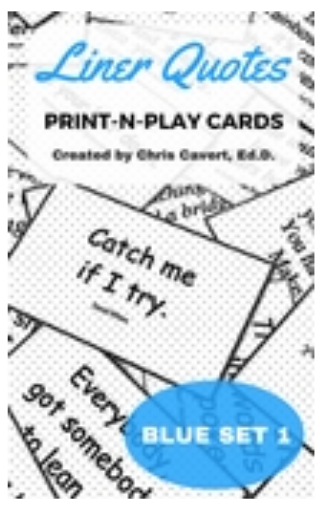
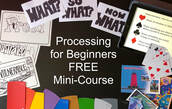
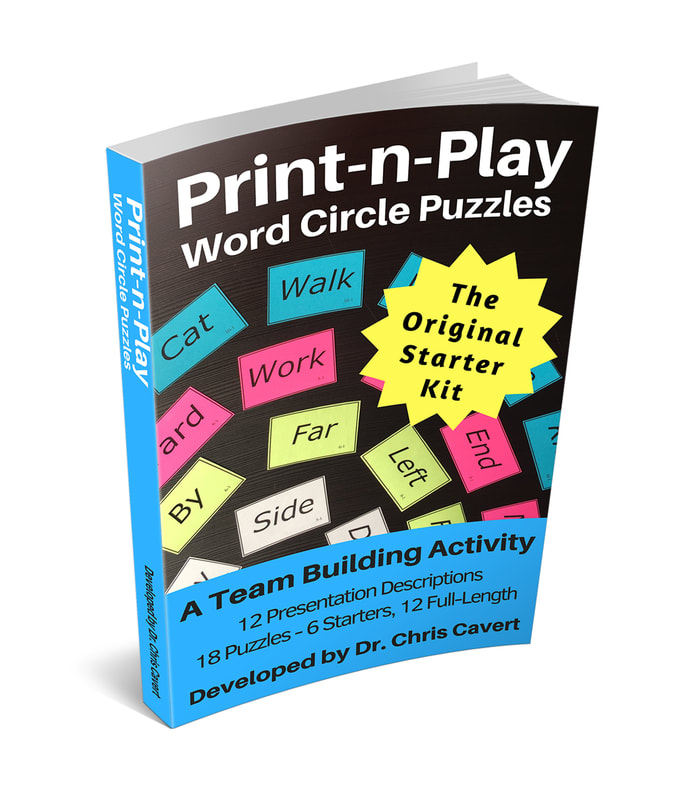
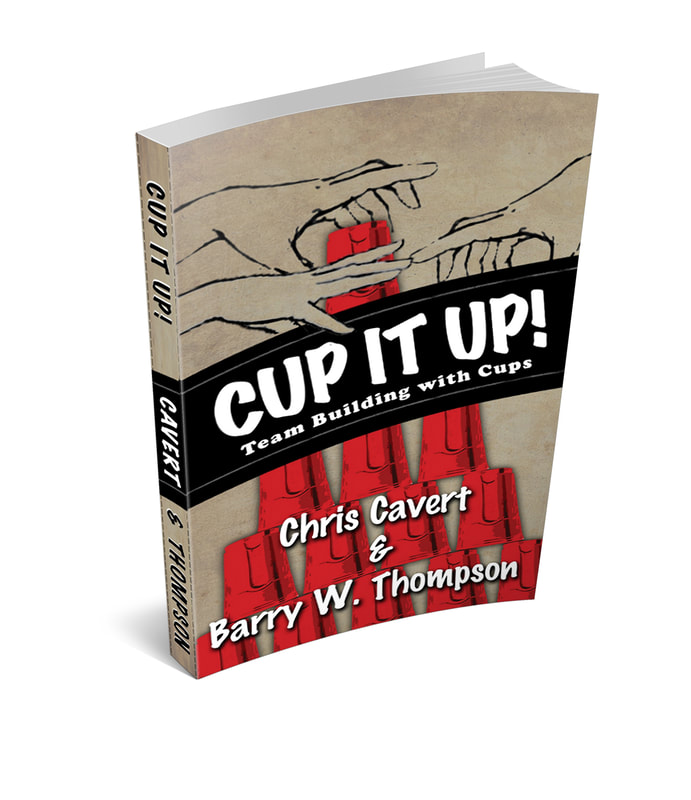
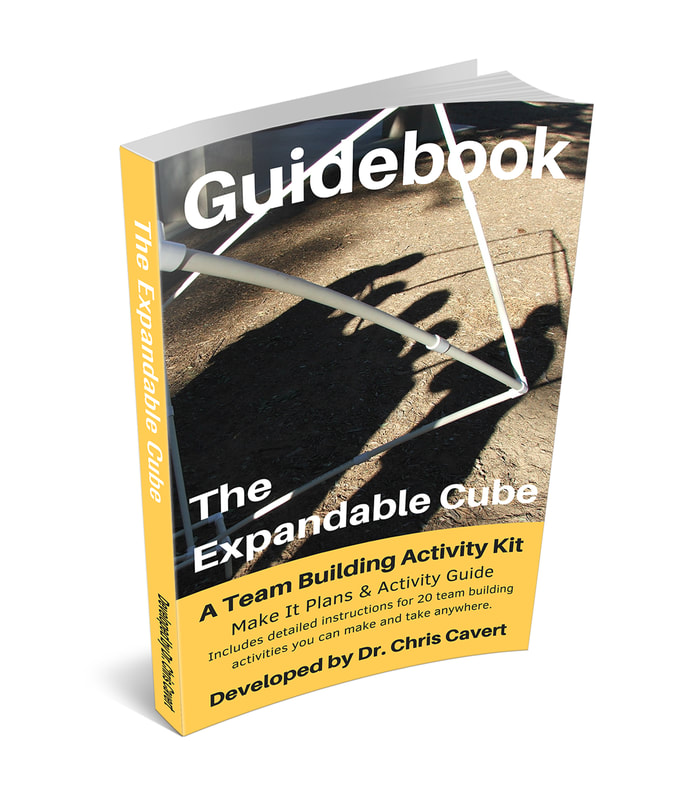
 RSS Feed
RSS Feed